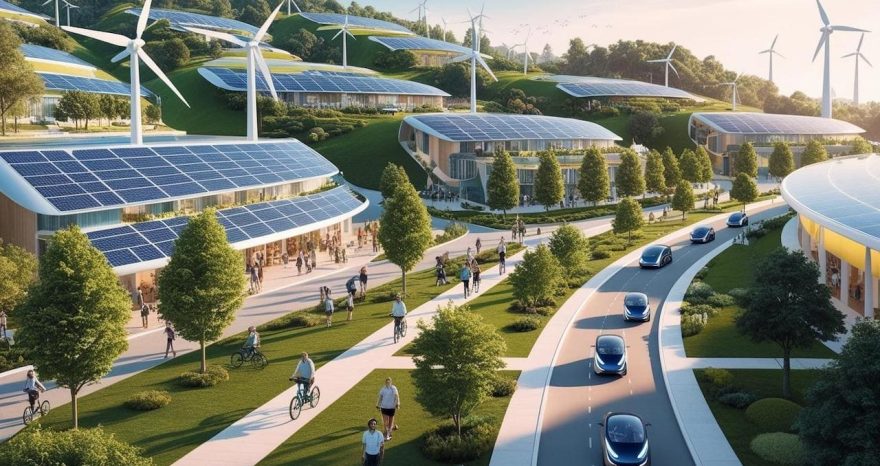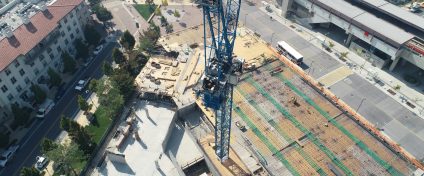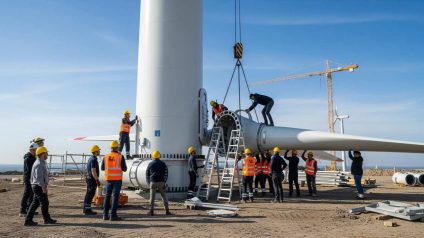Developed at the University of Southern California, the Allegro-FM model simulates the behavior of over 4 billion atoms to design eco-friendly materials that store CO₂ and reduce environmental impact.

The University of Southern California has developed a new artificial intelligence model that marks a breakthrough in the design of sustainable materials. Known as Allegro-FM, the tool can simulate the behavior of more than 4 billion atoms simultaneously, scaling up molecular modeling by a factor of 1,000. With an accuracy rate of 97.5%, Allegro-FM predicts the chemical and physical properties of complex materials, including concrete, across 89 different chemical elements. This allows researchers to identify the best raw materials to combine and the most efficient manufacturing processes to minimize greenhouse gas emissions without compromising performance.
Simulating atomic interactions in the blink of an eye
This advanced AI system runs on the Aurora supercomputer at the Argonne National Laboratory. The project was led by Aiichiro Nakano, professor of computer science, physics and astronomy, and quantitative and computational biology at USC Viterbi, and Ken-Ichi Nomura, professor of chemical engineering and materials science at USC Viterbi. The two researchers have collaborated for over two decades, united by a shared goal of contributing to climate change mitigation through one of the most polluting sectors: construction.
The team identified carbon storage within building materials as a dual solution, simultaneously reducing emissions while improving the strength and durability of infrastructure.
First case study: carbon-neutral concrete
The first practical application of Allegro-FM involves the design of a carbon-negative concrete capable of capturing atmospheric CO₂. By simulating various chemical compositions virtually, the model demonstrated that carbon dioxide emitted during production can be incorporated back into the material without lowering its quality.
“Just by injecting CO₂ into the concrete, we can produce carbon-zero concrete,” Nakano explained.
This innovation could accelerate the development of more durable sustainable materials, especially in urban areas increasingly exposed to climate stress.
Inspired by ancient Rome
As with many modern engineering advancements, inspiration came from ancient Roman concrete. Allegro-FM draws on the composition of that historical material to extend the lifespan of new products. The addition of CO₂ strengthens the carbonate layer, making the material more robust than the 100-year lifespan typical of today’s concrete.
The AI system also eliminates the need for large-scale quantum-mechanical simulations using machine learning, significantly reducing research time and cost.
“Concrete is also a very complex material. It’s composed of many elements, phases, and interfaces. So traditionally, we didn’t have a way to simulate phenomena involving concrete. But now we can use Allegro-FM to simulate mechanical and structural properties,” said Nomura.
With Allegro-FM, researchers can now generate training sets and let the AI model autonomously compute atomic interactions. This enables faster, more efficient simulations to accurately predict both the material’s internal behavior and its environmental impact.
Expanding the frontier
The work is far from over. The team is continuing its research to simulate more complex structures with advanced geometries and surfaces, further expanding the potential of Allegro-FM.
The study was recently published in The Journal of Physical Chemistry Letters and was selected as the cover image for the journal.













